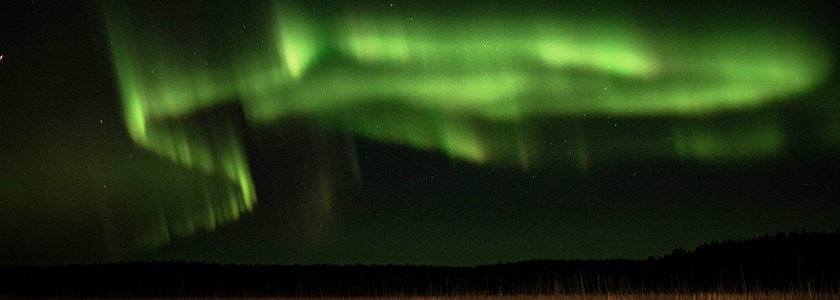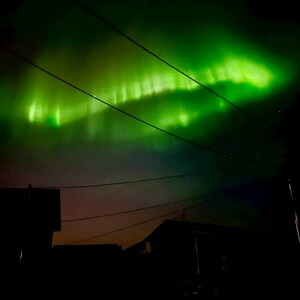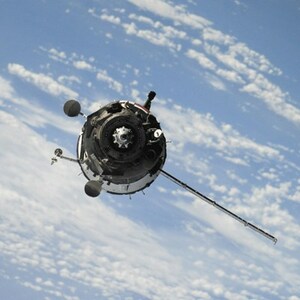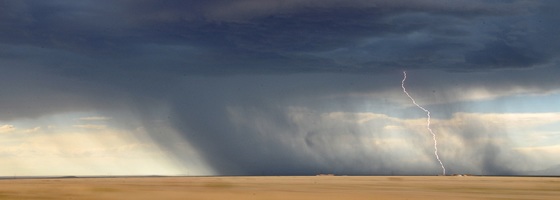

Space Hurricane
It’s a swirling vortex hundreds of miles in diameter with a calm, eye-like feature in the center. No this isn’t the description of a tropical hurricane or typhoon; rather, it is a natural phenomenon, previously unknown to science, occurring above Earth’s polar region in the upper atmosphere. The discovery, called a “space hurricane,” is detailed in a 2021 study by a team of scientists from China, Norway, the UK, as well as the U.S.
The space hurricane examined in this study was only discovered upon review of satellite data dating from August 2014, from a satellite which had passed over the North Pole. What the data uncovered was not a vortex of wind, as in a normal hurricane, but instead a swirling mass of plasma (ionized gas) that was over 600 miles wide. Another difference from the typical hurricane is that this space hurricane is not associated with heavy rain, but instead a precipitation of electrons into the upper levels of the atmosphere. This 2014 space hurricane persisted for around 8 hours, before finally dissipating.
These space hurricanes occur at roughly 125 mi (200 km) altitude, so they do have the potential to wreak havoc on satellites for communications and navigation. As with other types of geomagnetic storms, if they are strong enough, they do pose a risk of creating power surges in power lines on the ground. So far, though, this phenomenon has only been observed in the very sparsely populated area surrounding the North Pole, and not at lower latitudes where much more ground-based infrastructure could be impacted.
Further research will have to be done to determine just how frequently space hurricanes occur on Earth, and also to determine their prevalence above other planets.








